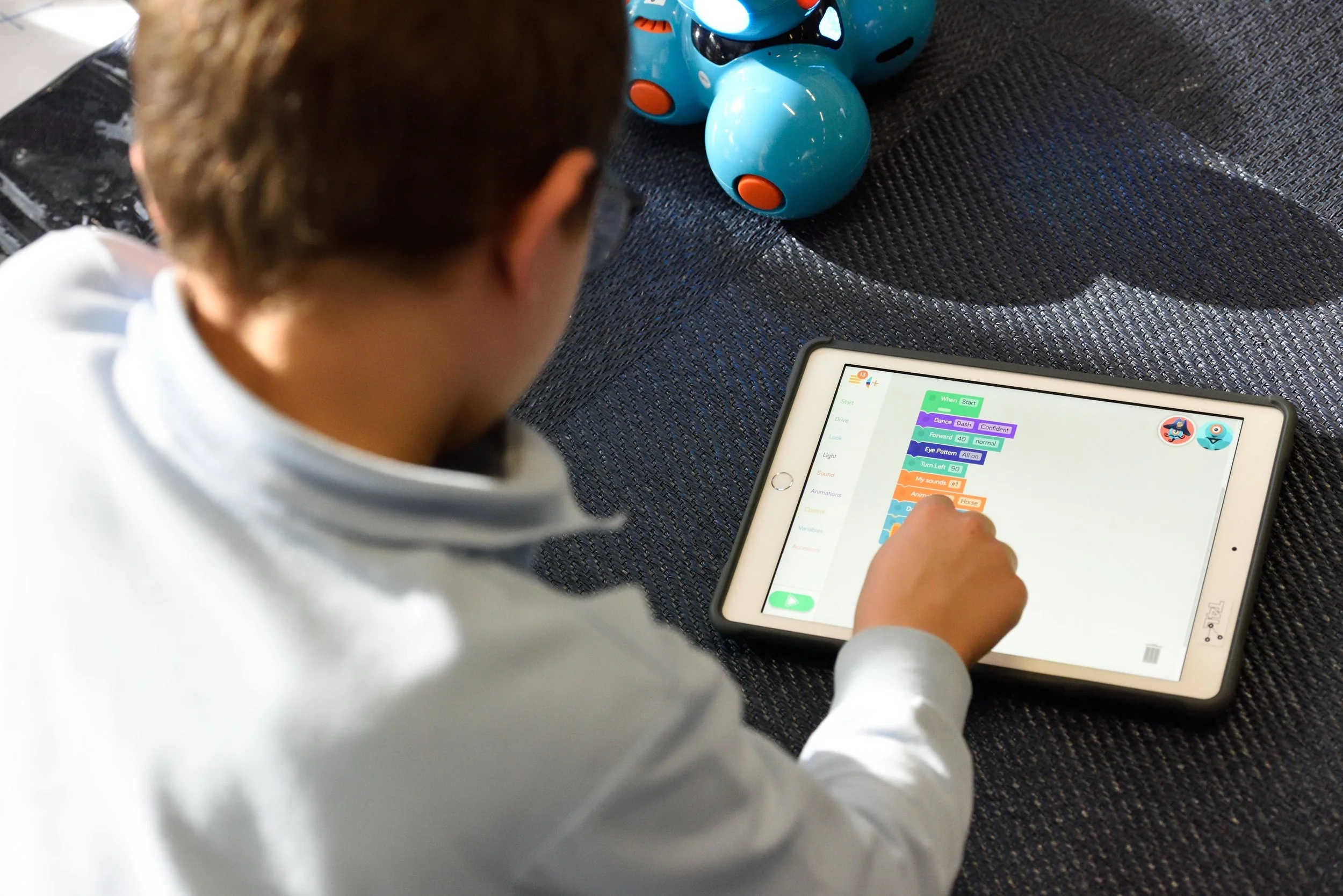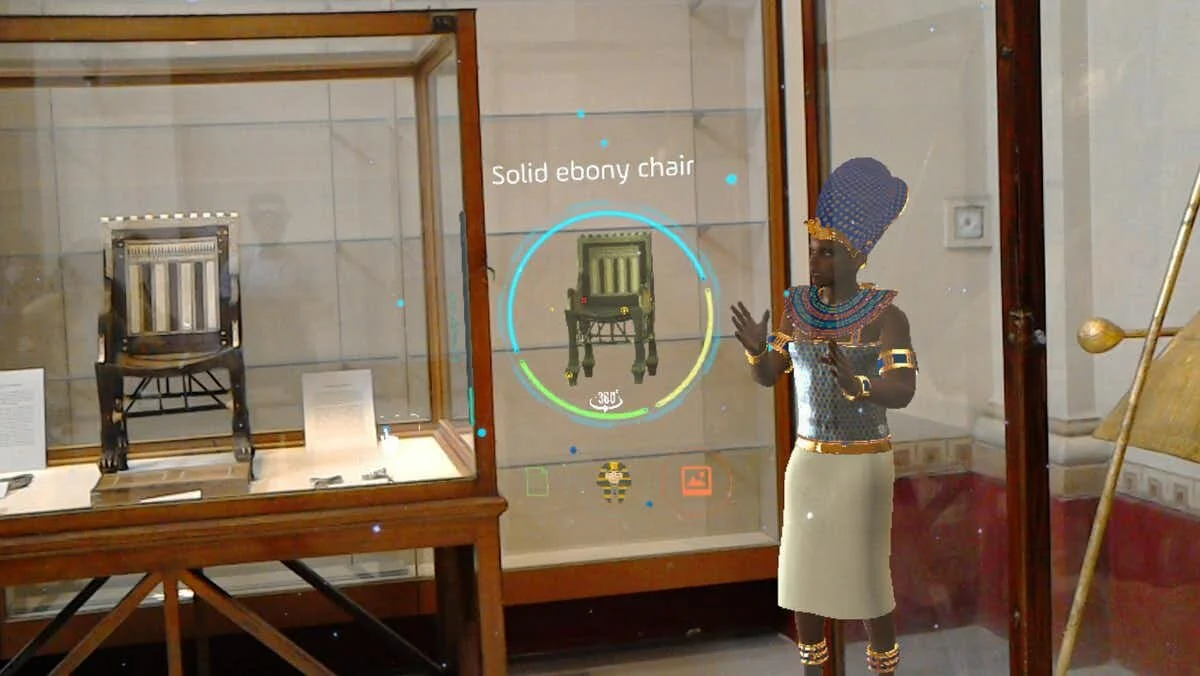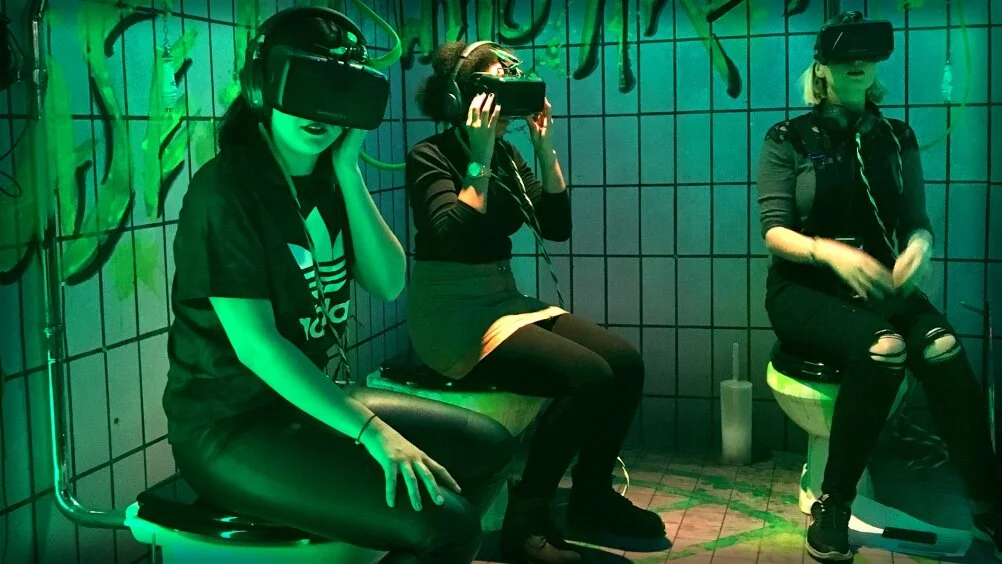Every year we review our analytics to highlight what you, our readers, have found the most compelling. In 12 short months, we have witnessed the overwhelming dominance of AI and 2022’s hottest topic (NFTs) go bust. The top 10 listed below show how YOU have followed the change over 2023.
TBT: Education, Gamification, & Public Policy
The Final Frontier: Fundraising in a Virtual Space
Fundraising is a vital part of a nonprofit’s ability to achieve its mission. Cultivating relationships with individuals and institutions in this way can help an organization gain economic support, as well as important relationships and visibility. In order to create and maintain these relationships in development departments, organizations need to meet potential partners where they are and inspire them through their mission and projects. Today, and in the near future, these potential donors may likely be in a virtual space, specifically augmented reality (AR) and virtual reality (VR).
TBT: Innovation, Technology, & Theatre
How Immersive Experiences Play a Role in the Fashion Industry
Our world is becoming increasingly digital - in the past year, the metaverse and NFTs have become household buzzwords, causing a massive “gold rush” into developing cutting-edge innovation surrounding immersive experiences. This article primarily focuses on the use of AR in the fashion industry and how more established, traditional brands are embracing this immersive technology in comparison to those born in the Web3 era.
Maximizing Concert Experiences Through AR & VR
The application of Virtual and Augmented reality in music has been around for a while. From collaborative creation and interactive music videos to its incorporation in art museums, it seems as if the arts industry is competing with itself to enhance the audience experience. As concerts are a highly user-oriented experience, these technologies have started gaining more traction in the live music space. The demand for interactive and immersive experiences has called for innovative models to be incorporated within music. Thus, the application of such models is added to the concert experience with the implementation of VR and AR technologies to help maximize its interactivity.
Art-Making & Storytelling for Social Good in VR
Those who have a vested interest in the arts are often curious: how is art impacting its audiences? The Americans for the Arts Arts + Social Impact Explorer presents ten categories for how art can impact the people in its communities, and it is the ultimate challenge of arts organizations to build innovative programs that improve their reach in all ten. To measure impact against this challenge, organizations may analyze ticket sales, subscriptions, donations, and audience surveys. Between income spreadsheet lines, however, there are more questions about how to improve engagement, and – central to this piece – when and how to incorporate new technologies into classic offerings to boost innovation.
Using VR & AR in Live Music
Virtual Reality technology puts the user in a computer-generated environment, allowing them to interact with simulated elements via a headset. On the other hand, Augmented reality incorporates elements that are generated, be it visual, audio, or other sensory elements into the real world via technology. AR technology lets the user position his or her smartphone to a point in the physical world and bring it to life by adding virtual components via this technology.
What is MR and How Does it Create Exceptionally Immersive Experiences?
MR, or Mixed Reality, is appearing across the arts world, but its actual meaning is not well understood. A strong beginning includes a foundational understanding of the concepts of reality and virtuality. The future application of MR technology is unlimited, increasing the possibility of creating experiences that reflect what is seen in sci-fi films. While many practitioners believe that MR is the future, the technology lacks popularity in the consumer market. However, with the continuous development of MR technology, more cost-effective solutions will be found, and the future of a truly immersive experience will come.
Using Augmented Reality in Classical Music
How can the visual technology of augmented reality be used to enhance audience engagement with classical music and in the music industry as a whole? In the arts realm, AR has been used in both the classical music and popular music realms to cultivate audience engagement with visual components to the listening experience. This article provides an overview of AR as a technology and its usage in the music industry.
How VR and AR are Changing the World of Immersive Theater
In the ever-changing and technologically advanced age that we are currently in, there are integrations of new technologies into our lives almost everyday, and the arts are no exception. The world of theater, especially that of immersive theater, has been experiencing a technological revolution of its own thanks to advancements in and the adoption of virtual reality (VR) and augmented reality (AR). Contributor Amelia Stevens explores this in her research.
How AR and VR are Changing Film: A Look at the Revolutionary Stagecraft, The Volume
Mobile AR Avatar Chatbots: Exploring the Evolving AI and AR Combination
Cultural organizations consistently question how to connect the public to information in meaningful ways. As an emerging technology, mobile AR avatar chatbots combine AI and AR capabilities to create interactive and engaging tools for visitors. Examples of mobile AR avatar chatbots in cultural organizations can provide guidance for applying these evolving technologies.
Translating Events, Exhibitions, and Experiences into Digital Products
With the first two quarters of 2020 seeing visual arts spaces losing between 31-73% of revenue and 15-74% of full-time/contracted employees, various audiences, from artists to consumers have been turning to digital platforms to engage in cultural or entertainment offerings (Art Dealers Association of America). The range of these technological platforms and applications have been vast, with many interesting case studies to focus on. In this article, we will be focusing on how visual artists have used social media, video games, and other digital applications to capture audiences that they otherwise would not be able to access without technological means.
Practical Uses of AR in Arts and Culture
Since its first iteration, Augmented Reality (AR) has been disrupting education, health, entertainment, and many other fields. By enhancing the senses and abilities it has delighted but also aided in solving difficult problems. In arts and culture, AR has transformed static museum displays and provided special effects for stage productions. But the use of AR hasn’t gone much beyond support in storytelling, and the adoption of such a versatile technology as a tool in the production processes has been tentatively explored.
Physical and Digital Conservation Planning for Art in Exterior Spaces
One of the most challenging aspects of publicly exhibited works is their conservation, both in the physical and digital sense. One of the most challenging aspects of publicly exhibited works is their conservation. These works are often forced to directly withstand the elements, but also must be protected from graffiti and defacement. There have been examples of conservation issues forcing a public art office to remove an artwork, and Danielle Brazell from the Office of Cultural Affairs in LA described having to de-accession a work that could not be salvaged due to weather-related damage. The Cambridge Arts Council has worked to develop a streamlined system to mitigate problems with a pre-emptive strategy.
Top 7 Technology Innovations to Watch in 2019
The Evolving Fusion of AR, Public Art, and Virtual Public Space
Public art in commercial and recreational structures is a means to bring communities together and directly connect people with the physical space around them. Typically, public art is presented in the form of murals, sculptures, architecture, and environmental art. In addition to social bridging, public artworks can serve as identity-markers for particular locations, mediums to express distinct points of view, and vehicles to inspire personal and social change.






















